| |
|
  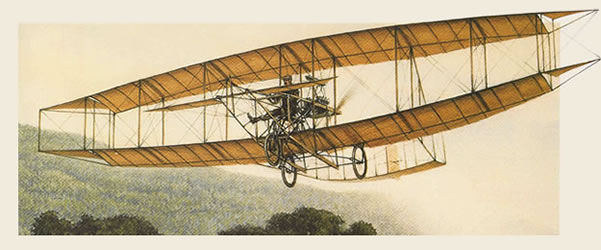
1908 Curtiss Junebug
The Glenn H.
Curtiss Museum was established to maintain an aviation museum in the Village of Hammondsport (Finger
Lakes Region - Keuka Lake), Steuben County, New York.
|
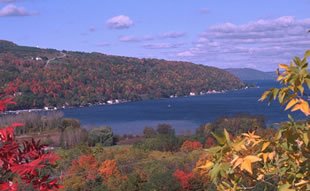
Keuka Lake
The Curtiss Museum is located on the southern shores of Keuka Lake in the hamlet of Hammondsport, New
York. Surrounded by lush, colorful hills, the museum offers a beautiful setting for special events.
Glenn
H. Curtiss Museum
8419 State Route 54
Hammondsport, NY 14840
|
|
Curtiss OX-5 V-8 Engine
|
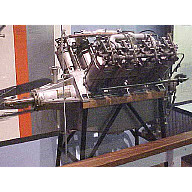
|
Manufacturer: Curtiss Aeroplane and Motor Company
Designer: Glenn H. Curtiss
Date: 1910
Country
of Origin: United States of America
Dimensions: Length 144.1 cm (56.75 in.), Width 75.6 cm
(29.75 in.), Height 93.3 cm (36.76 in.)
Physical Description:
Type: V-type, 8 cylinders,
liquid cooled
Power rating: 67 kW (90 hp) at 1,200 rpm
Displacement: 8.3 L (503 cu in.)
Weight:
177 kg (390 lb)
|
|
Curtiss
manufactured more than 10,000 OX-5 V-8s during World War I, mostly for Curtiss JN-4 Jenny
military trainers. After the war, the U.S. government sold thousands of surplus OX-5s and
Jennys to the public at a fraction of their original cost.
The OX-5
was a mainstay for barnstormers, private pilots, and aircraft designers in the United States in
the 1920's and 30's.
|
Curtiss B-7 V-8 Engine
|
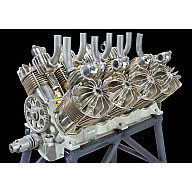 |
Manufacturer: Curtiss Aeroplane and Motor Company
Designer: Glenn H. Curtiss
Date: 1907
Country
of Origin: United States of America
Physical Description:
Type: V-type, 8 cylinders, air
cooled
Power rating: 29.8 kW (40 hp) at 1,800 rpm
Bore & Stroke: 9.208 cm (3.625 in) x
8.255 cm (3.25 in)
Displacement: 4.393 L (268 cu in)
Weight: 68.1 kg (150 lb) (3.75 lb/hp) |
|
The Curtiss B-8 was the first Curtiss engine to power a heavier-than-air machine in sustained
flight. In 1908, the 29.8 kw (40 hp) B-8 powered the Curtiss June Bug aircraft. |
|
|
|

|
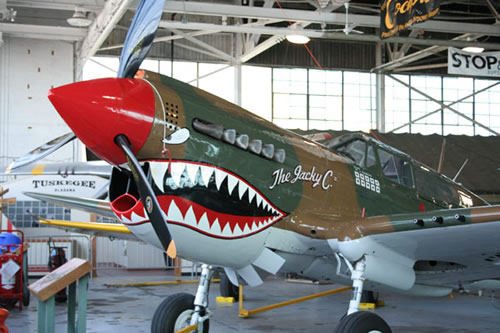
Curtiss P-40 Warhawk
The
Curtiss P-40 Warhawk is one of the best-liked airplanes of World War II, even though its performance
was never quite up to that of its opponents. The most important thing about the P-40 to the United
States was that it was available in ever-growing quantity to fight a war when no other fighters were.
The Curtiss P-40 Warhawk was a plane that refused to die.
Many US volunteer pilots equipped with P-40s, went to help the Chinese in their struggle against the
Japanese in 1942, where they became known as the "Flying Tigers."
|
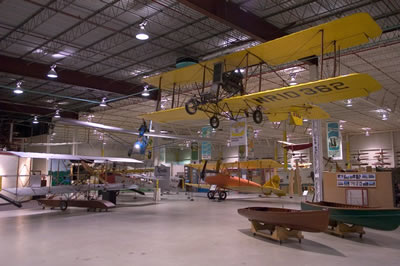
Glenn H. Curtiss
was a member of Alexander Graham Bell's Aerial Experiment Association (1907-9). In 1908 he made
the first public flights in the United States, and in 1909 he established the first flying school
there. His greatest triumph was his then daring and spectacular flight from Albany to New York City in
1910 - with a refueling stop in Poughkeepsie at Camelot, near the present IBM site on NY Route 9.
Click HERE to see Glenn H. Curtiss' firsts.
|

The "Glenn Curtiss Aero Coupler", consisted of a tire and wheel mounted horizontally
to the trunk floor of a passenger coupe or to a specially designed tow vehicle. The tire is
inflated to absorb lateral, longitudinal and vertical road shocks. The trailer's goose
neck kingpin slips into the wheel's bearing journal where an axle would normally fit.
|
| |

Glenn Curtiss designed the hitch for his fifth wheel trailer the Curtiss Aerocar Land Yacht.
This is a 1938 International D15 tow car pulling a 1936 Curtiss Aerocar. This style of travel
trailer was invented in about 1927 by Glenn Curtiss, a leading American aircraft designer. By
using airplane principles he felt that he could build a trailer that was lightweight, but
strong enough to travel over country roads.
|
|
|
|

|
|
|

|
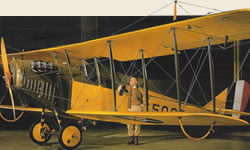
Curtiss developed the Curtiss JN-4D called the "Jenny." Such pilots as Charles Lindbergh and
Amelia Earhart learned to fly in a Jenny. In WWI, 95% of American and Canadian pilots learned to fly in
a Jenny.
|
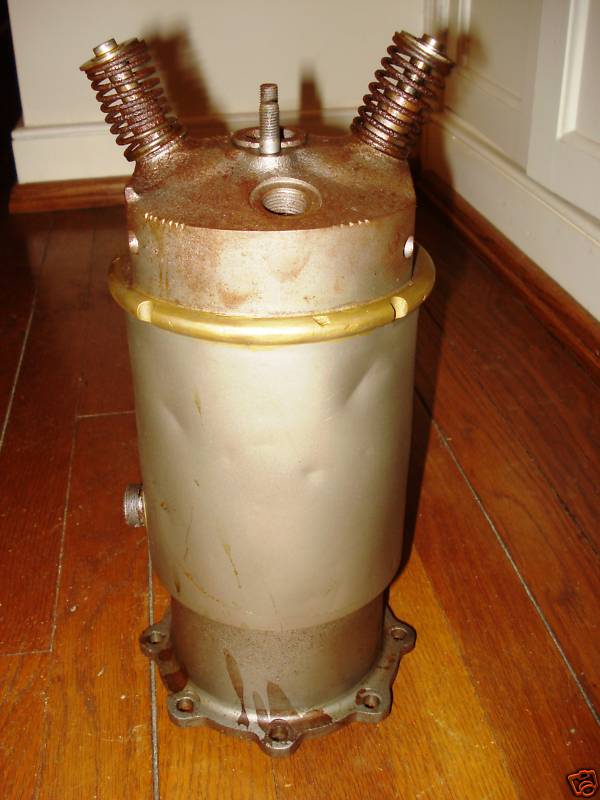 |
One of the WWI Curtiss OX-5 V-8 engine's cylinders with valves
(see above for more
information) |
|
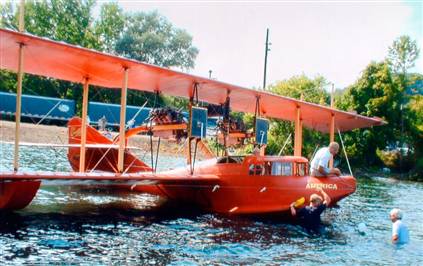
The Curtiss "America" flying boat
The twin-engine "America" weighed 1 3/4 tons, had a 72-foot wingspan, and took off and landed
on water. Its top cruising speed: A mere 65 mph. It was created by the Wright brothers' bitter
rival, Glenn H. Curtiss, with one mission in mind: to leap the Atlantic. It was edging toward
attempting the first transoceanic crossing in 1914 when World War I intervened. Curtiss, who would
eventually rack up 500 inventions, built hundreds of flying boats. Many of them were used for military
patrols during World War I, when his business shifted into high gear.
|
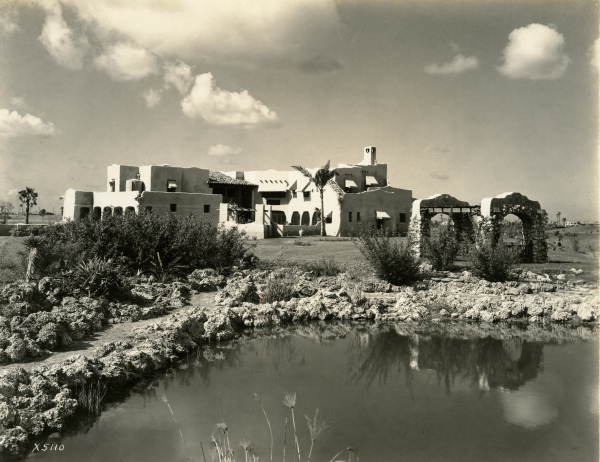
Glenn Curtiss home in Miami Springs, FL
The Glenn Curtiss House, at 500 Deer Run in Miami Springs, Florida, is one block off Curtiss Parkway.
It is currently not open to the public while it is being restored to serve as a museum honoring the
life of Glenn Curtiss. The museum plans to open in 2005 or 2006. The Glenn Curtiss House is one of the
largest and most architecturally distinguished of the Pueblo Revival residences associated with
Curtiss' Miami Springs development.
|
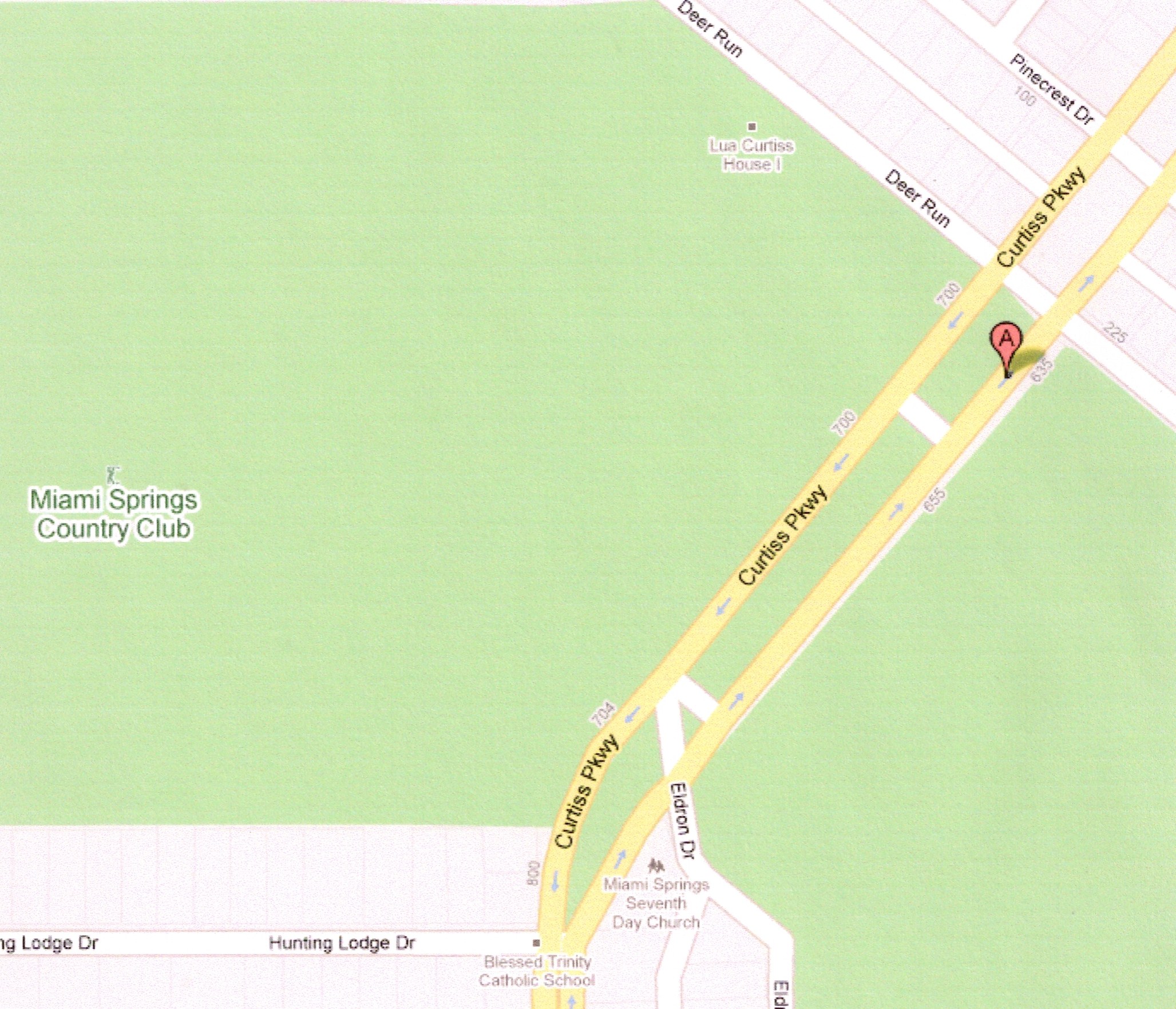
Curtiss Parkway in Miami Springs, FL
Museum of the history of Miami Springs, Hialeah and Opa-Locka(The Curtiss Bright Cities). Also includes
early airline history of Miami and the story of early aircraft inventor and engineer Glenn Hammond
Curtiss. Curtiss has many inventions to his credit and is known as the "father of naval
aviation".
When Curtiss left the aircraft industry and became a land developer, building the cities of Opa-locka,
Miami Springs and Hialeah, he was estimated to be worth $35 million dollars.
|
| |

The Felixstowe F series flying boats were a joint British and American development during the First
World War. They were an outgrowth of a prewar projet led by Glenn Curtiss to build a flying boat
capable of a transatlantic flight.
CLICK HERE to see this page at the Smithsonian
|
|

|

When Curtiss was 30 years old on May 21, 1908, he made his first flight in a plane nick-named White
Wing. White Wing was designed by the Aerial Experiment Association, a group led by Alexander Graham
Bell. It was the first plane in America to be controlled by ailerons instead of the wing-warping used
by the Wright brothers. Although the Wrights are credited with making the first powered flights, the
achievements of Curtiss spanned several decades and progressed the airplane from wood, fabric, and wire
beginnings to the forerunners of today's transport aircraft.
|
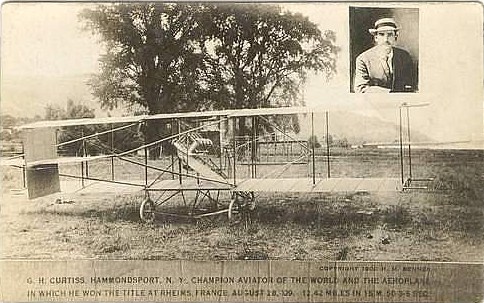
Curtiss Rheims Flyer
Glenn Hammond Curtiss, as the lone American entrant at the First International Aviation Meet held at
Rheims, France, in August 1909, had won world-wide fame by winning the Gordon Bennett Cup Race and the
Prix de la Vitesse. Following the Rheams Meet, Albert Bond Lambert, a leading industrialist and
aviation enthusiast, offered Glenn Curtiss a guarantee of $5000 to fly his record-making biplane, the
"Golden Flyer" at St. Louis, Missouri, in October 1909. Glenn Curtiss, the following year,
achieved the greatest reputation as an aviator on the European Continent as a result of the
International Aviation meet at Rheaims, France.
|
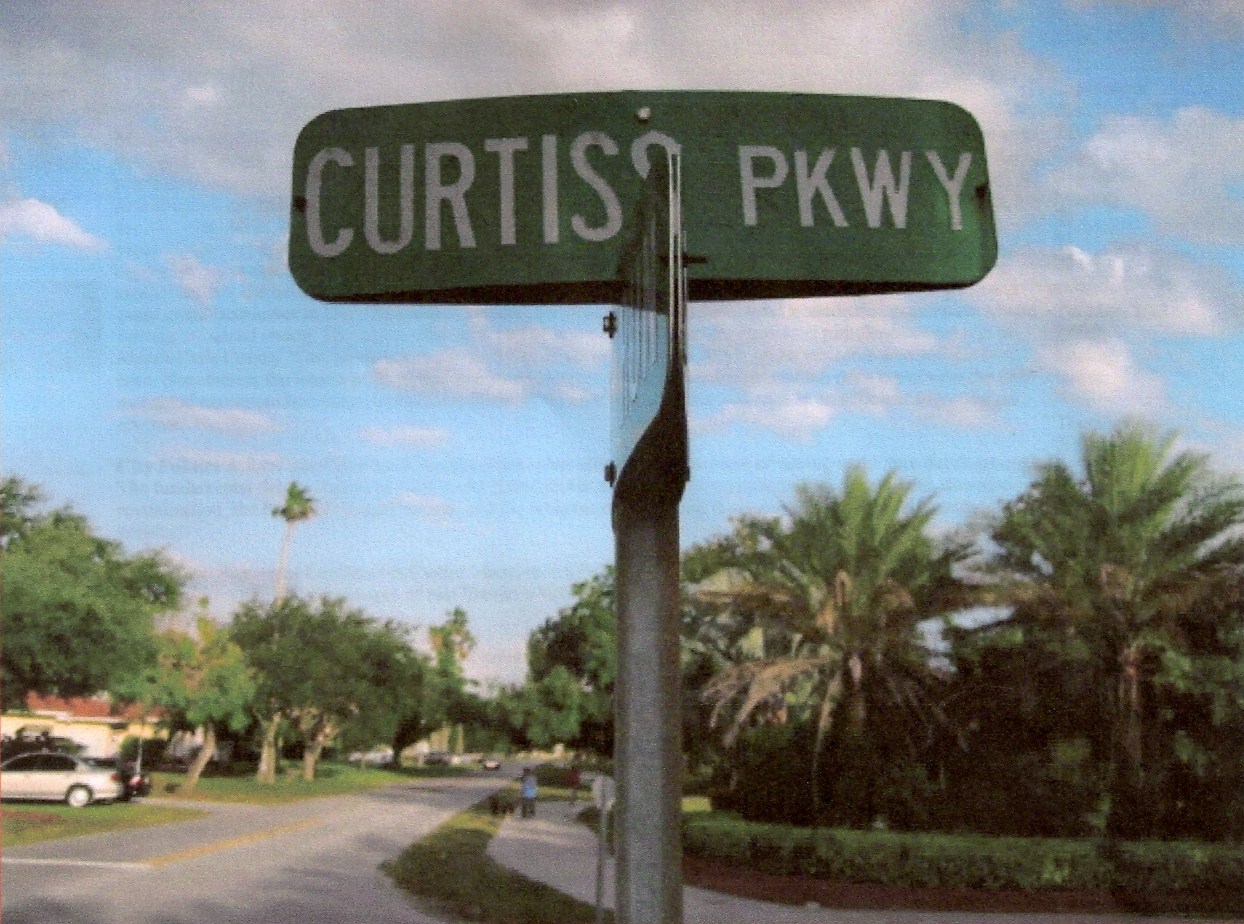
Curtiss Parkway sign in Miami Springs, FL
Miami Springs was founded by an aviation pioneer, and thus, the fate of the city has always been
intertwined with the aviation industry, particularly since Miami International Airport (MIA) is located
just south of the city on the sourthern border of NW 36th Street. The airline industry brought many
residents from airline crew bases, as well as employment opportunities at the airport, which brought
much prosperity to the city.
|
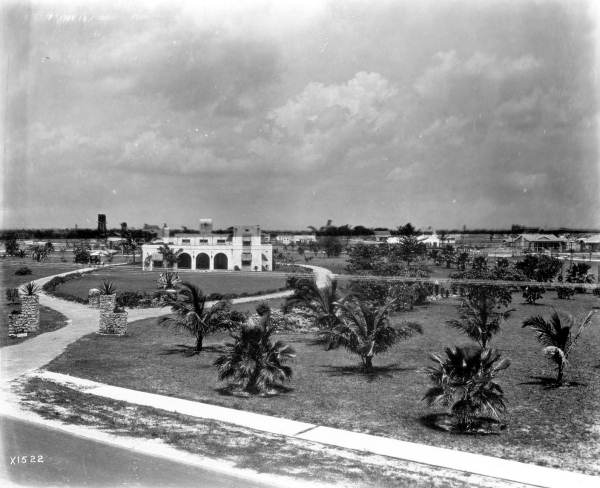
Glenn Curtiss home in Deer Park, Hialeah, FL
In partnership with James Bright, Curtiss used $1 million to capitalize the Curtiss-Bright Ranch
Company, and another million for the Florida Ranch & Dairy Corporation. Bright's is also known
for the development of Hialeah Race Park for thoroughbred horse racing. These two versatile men
developed the Towns of Hialeah Country Club Estates (now Miami Springs), and Opa-locka during the
famous "land boom" of the 1920's. When Hialeah was sold out, Curtiss purchased land on
the south side of the Miami canal across from Hialeah, an area used as an aerial training "bombing
range" by the U.S. pilots during World War I. Here Curtiss began to develop his well-planned
residential community, Country Club Estates, using the City of Coral Gables as a model.
|
| |
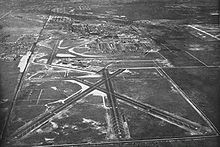
Founded by Glenn Curtiss in 1927. Once the world's busiest airport, in 1967, with over 650,000
flight operations. Part of the U.S. Navy training command during WWII and the hub of 6 Naval training
bases. Amelia Earhart took off on her ill-fated round the world flight attempt in 1937 from the former
Miami Municipal Airport, located near the airport's main entrance. Numerous historic aircraft and
buildings are still on the site. The U.S. Navy dirigible "Akron" crashed in a thunderstorm on
it's 1933 return flight north after leaving Opa-locka.
|
|
|
|
|